Konga
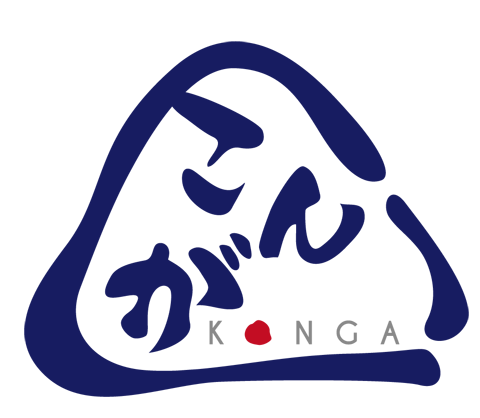 For several years now, Japan has been in the midst of a rice ball boom. In this context, we interviewed Mr. Masanobu Goda, the president of “Konga”, a company that is steadily expanding its shops based on its own unique theories and know-how.
For several years now, Japan has been in the midst of a rice ball boom. In this context, we interviewed Mr. Masanobu Goda, the president of “Konga”, a company that is steadily expanding its shops based on its own unique theories and know-how.Nakanishi:First of all, why did you decide to focus on onigiri?
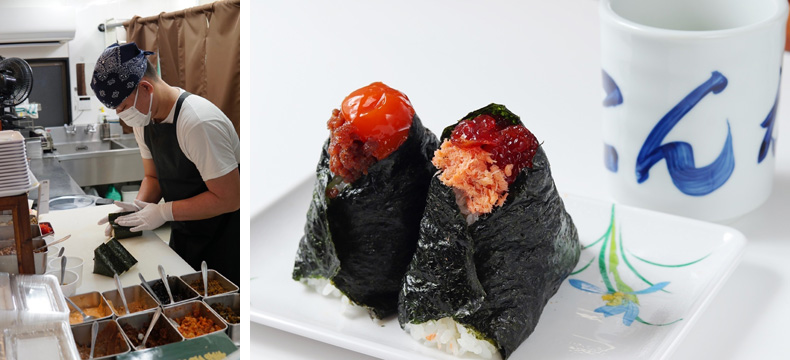
Goda: I was originally a “food creator” who sold Michelin-brand products in convenience stores.
The coronavirus pandemic led to the full-scale development of takeout and delivery services in Japan, including Uber Eats, and I began to focus on onigiri, which is a staple of everyday Japanese food and soul food.
Onigiri appears in various situations in Japan. I'm sure everyone has various memories that make them smile. On school excursions, sports days, club activities, and when helping out at soup kitchens.
At such times, I would go to the famous onigiri shop that was run by my future master, and I would ask him to let me train there, saying that the delicious taste of the onigiri was like magic and made people smile.
This was the starting point, and although I was not a chef, I fell in love with the taste and began my training. To be honest, looking back now, I was on my feet for long periods of time, with almost no breaks.
Also, my master was a traditional-minded person, and he taught by watching, so I learned how to season food by watching him and then making it myself. But I think this was a good thing in the end, because I didn't just receive a recipe, but I learned the whole process of making onigiri by watching and thinking for myself. Thanks to this one year of training, I don't have any problems with menu development even now.
Nakanishi: You have two restaurants in the wonderful location of Haneda Airport, but did you have any great connections?
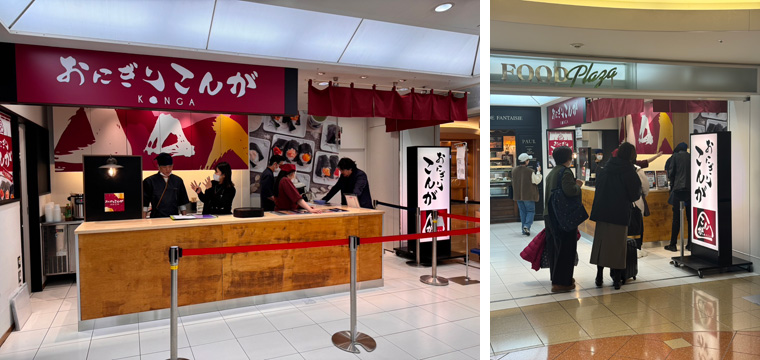
Goda: Actually, our first shop wan in Kamata, Tokyo. In 2022, the person in charge of leasing at the airport came to our shop and after finished eating, he said, “Please open a hop in the airport” At first, I was skeptical, and when I checked the location, I thought it was an attractive place, but when I consulted with my seniors, they said, “You'll definitely fail,” and I was very confused. At the time, it was still unclear what would happen to COVID-19 in the future, but the passion of the person in charge moved my heart. I also thought, “Perhaps, by some chance, this could be a chance for people around the world to get to know about the Japanese onigiri culture,” and so I opened the shop in the airport.
Thanks to everyone's support, sales have been very good. Also, at the time, the “onigiri boom” was coming, so it was probably a good time to open. However, I had great confidence that the shop would survive even if the boom ended. So, I think that this decision was definitely the right one.
Nakanishi: Where does this great confidence come from? I'm very curious.
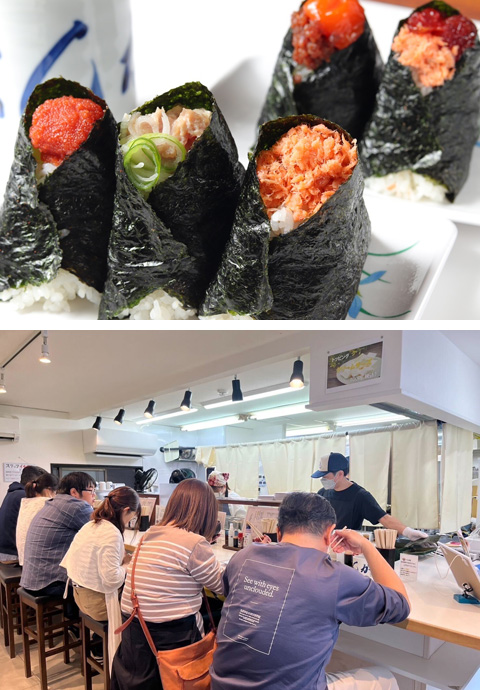
Goda: In this day and age, the products of the good old days of the Showa era are being reevaluated by the Z generation. This is a wonderful thing. Music, food culture and architecture are all being given renewed attention. I think this confidence comes from the fact that we are offering the “authentic thing”. As was the case during my training period and still is now, the potential of the onigiri itself is wonderful, and the faces of the people eating the onigiri are all smiles. Seeing the happy faces of our customers, we feel that we are truly glad to have started this business. We believe that freshly made onigiri convey feelings.
In the past, major companies did not enter the onigiri specialty shop market, but it is not sure what will happen from now on. The small onigiri shops that have increased in the past two years are now being weeded out. One of the reasons for this is the rising cost of rice. Japanese rice is of a really high quality. Therefore, it is not a business with a low cost price. We purchase rice from Niigata.
There are three key points to making delicious onigiri. As they are a portable food, they are designed to be: 1) keep the freshness, 2) have a strong flavor of the ingredients, and 3) keep for a period of time. Another characteristic of Konga onigiris is that they are large, have many ingredients, and are freshly made and fluffy. This is something I learned and put into practice during my training, and I deliberately add impact to the flavor of the ingredients in the onigiri, such as making them sweet or spicy. This is because if the flavor is weak after a period of time, the flavor will become dull.
Nakanishi: Please tell us about your future plans.
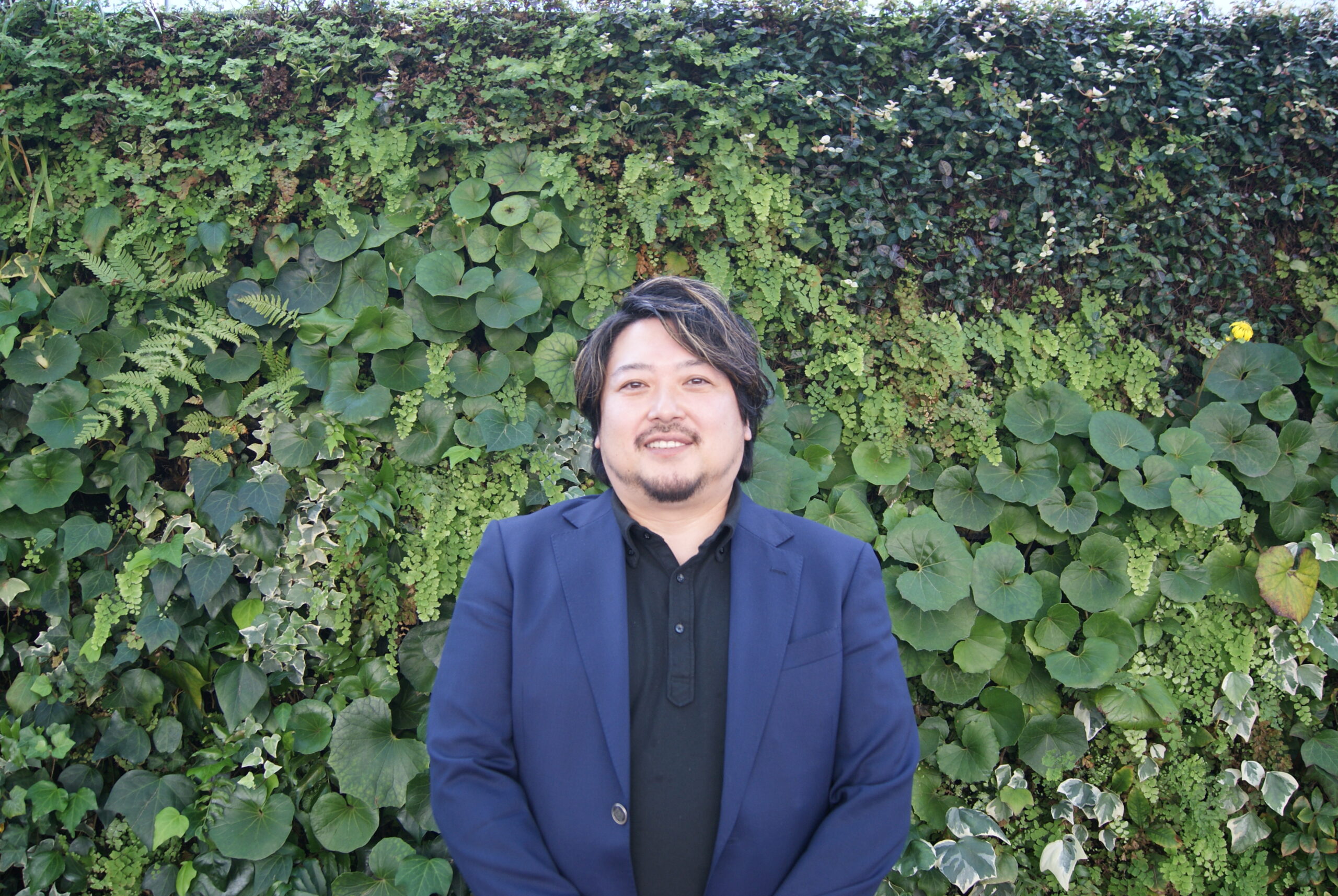
Goda: I want to deliver Japanese onigiri as “smile food” rather than “fast food“, both in Japan and overseas. I would like to evangelize rice culture both inbound/outbound in a more casual way by making people around the world smile with one of the most typical Japanese food culture, onigiri. I want to deliver Konga onigiril to major cities throughout Japan, as well as to the United States and Southeast Asia.
I am thinking, for example, McDonald's is the standard for hamburgers. Whenever a new brand debuts in the hamburger industry, it is compared to McDonald's in terms of price, taste rank, and atmosphere. We would like to make Konga such “standard for onigiri” in this way.
In fact, last year when the G7 was held in Hiroshima, we were suddenly called upon to provide food for foreign journalists, and we served around 100 onigiris. Some people had never had Onigiri before, but Konga's Onigiri ran out first and gone, even before Ramen and other dishes.
From now on, we would like to offer sake and other menu items in the evening, and aim to become a brand that serves as an evangelist of Japanese food culture around the world.
